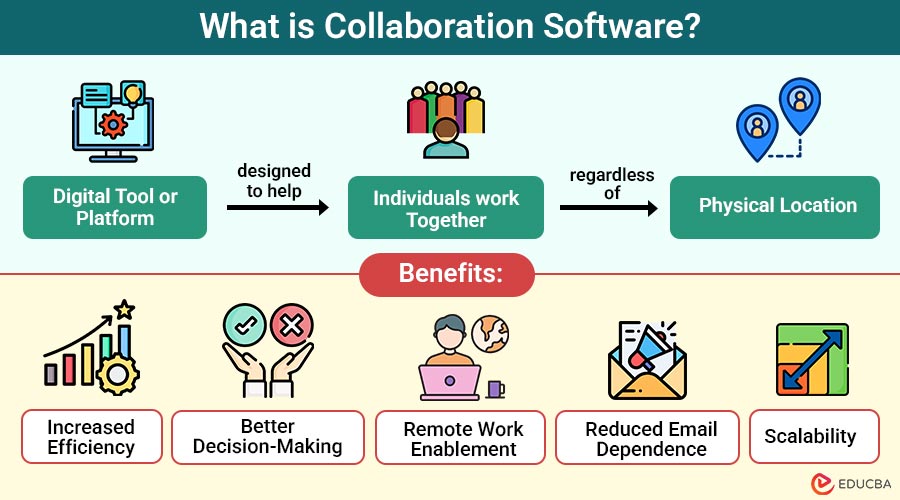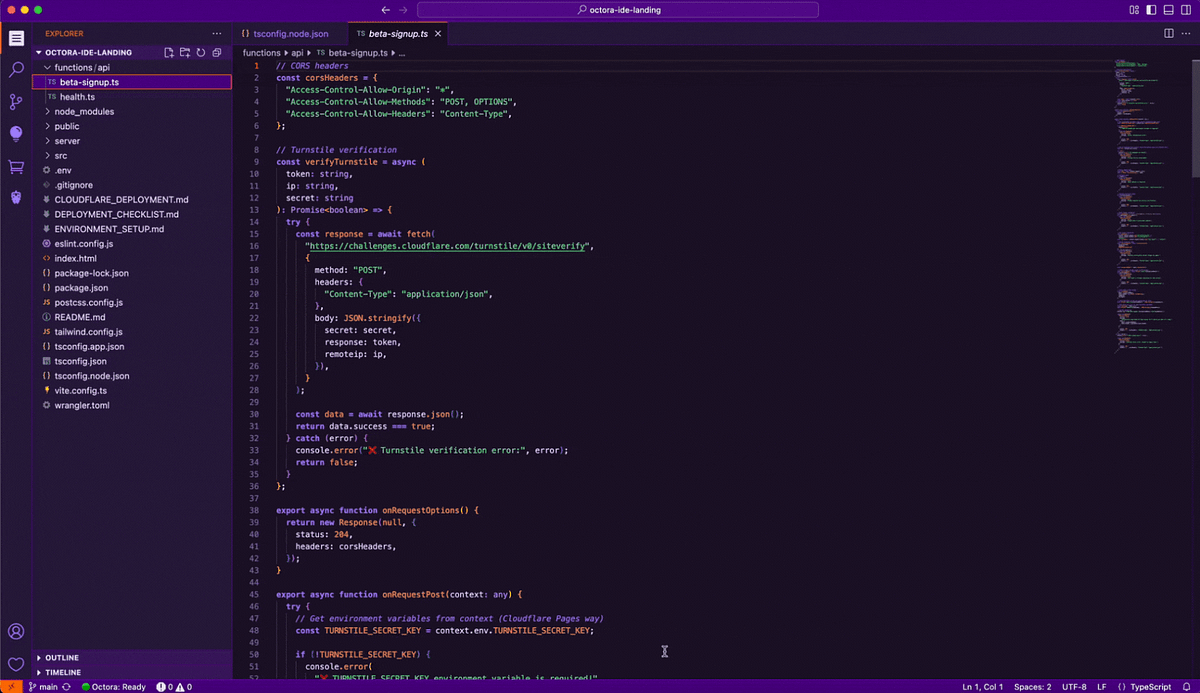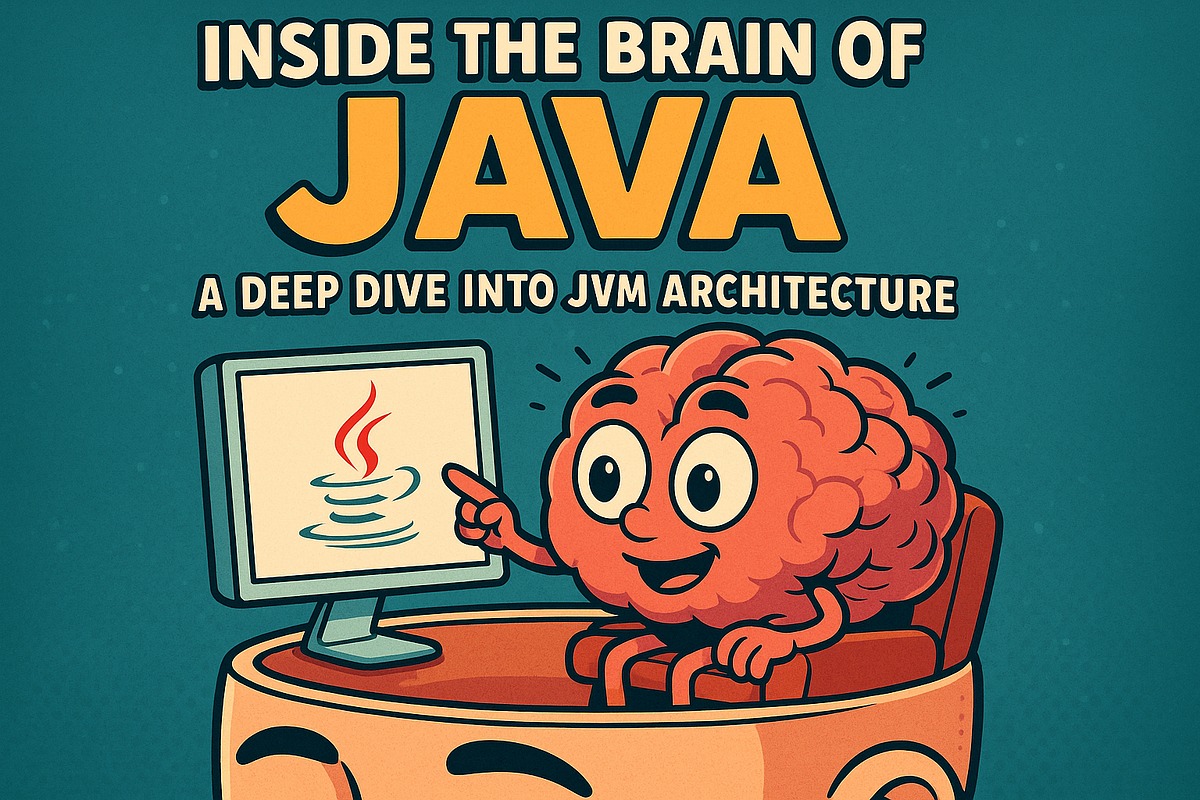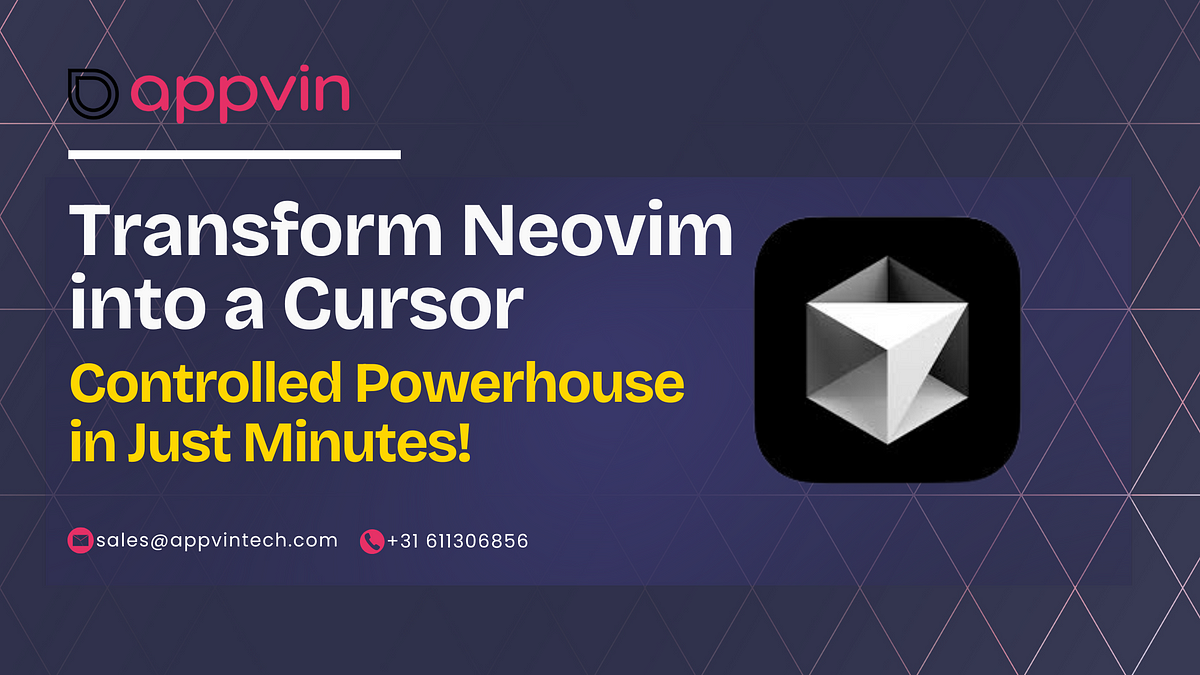Software News
Educba
139

Image Credit: Educba
Collaboration Software
- Collaboration software facilitates efficient teamwork regardless of physical location.
- Tools enable communication, file sharing, task tracking, co-authoring, and project management in real-time.
- Key features include messaging, video calls, document collaboration, task management, and integrations.
- Popular examples are Microsoft Teams, Slack, Asana, and Google Workspace.
Read Full Article
8 Likes
Tokenhell
118

Image Credit: Tokenhell
Report: Crypto Fundraising Rose to $10 Billion in Quarter Two, Highest in Three Years
- Venture capitalists invested over $10 billion in various crypto projects in Q2, the highest amount since early 2022, with $5.14 billion raised in June alone.
- Coinbase Ventures led the investments with over 20 deals in Q2, followed by Pantera Capital, Galaxy Ventures, and Paradigm.
- Decentralized finance and blockchain infrastructure attracted significant investor interest, while meme coins received the least funding in Q2.
- Galaxy Ventures raised $175 million in external funds in June and aims to support projects in payment, stablecoin, and tokenization sectors.
Read Full Article
7 Likes
Tokenhell
405

Image Credit: Tokenhell
Report: Crypto Fundraising Rose to $10 Billion in Second Quarter, Highest in Three Years
- Venture capitalists invested over $10 billion into various crypto projects in the second quarter of the year, the highest amount since 2019.
- Coinbase Ventures emerged as the top venture capitalist in the second quarter, making over 20 deals, while sectors like decentralized finance and blockchain infrastructure attracted significant investor interest.
- Strive Funds, TwentyOneCapital, and Securitize were among the beneficiaries of the substantial fundraising, with notable investments also going to companies like Digital Asset, Auradine, Kalshi, and ZenMEV.
- Galaxy Ventures raised $175 million in external funds in Q2 and focused on supporting projects in payment, stablecoin, and tokenization sectors, marking a period of heightened activity and investment in the crypto space.
Read Full Article
24 Likes
Alvinashcraft
364

Dew Drop – July 9, 2025 (#4455)
- Introducing Docker Hub MCP Server: new way to discover, inspect, manage container images.
- Announcing TypeScript 5.9 Beta, behind the scenes of .NET 10 preview.
- Simplify .NET Development with Aspire, build interactive chat UIs in React.
- React Router new governance, Visual Studio 2022 update, functional programming in C#.
- Build responsive Flutter dashboard, stop using Flux pattern for every Blazor app.
Read Full Article
21 Likes
Discover more
- Programming News
- Web Design
- Devops News
- Open Source News
- Databases
- Cloud News
- Product Management News
- Operating Systems News
- Agile Methodology News
- Computer Engineering
- Startup News
- Cryptocurrency News
- Technology News
- Blockchain News
- Data Science News
- AR News
- Apple News
- Cyber Security News
- Leadership News
- Gaming News
- Automobiles News
Medium
376

Image Credit: Medium
The Daily Tech Digest: 09 July 2025
- Join our diverse community on various platforms for updates and content.
- AI and Machine Learning see advancements with OpenAI's aggressive talent acquisition.
- Grok chatbot generates antisemitic content, emphasizing algorithmic ethics and oversight needs.
- Generative AI revolutionizes shopping experience during Prime Day sales.
Read Full Article
10 Likes
Medium
153

Image Credit: Medium
Octora IDE: The Future of AI-Powered Development is Here
- Octora IDE integrates AI into coding process, redefining modern development.
- AI ecosystem integration, MCP Server capabilities set Octora IDE apart from competitors.
- Cross-platform excellence, lightning-fast performance, proactive features elevate developer experience.
Read Full Article
8 Likes
Medium
352

Image Credit: Medium
“Inside the Brain of Java” — A Deep Dive into JVM Architecture (With Real Examples)
- The Java Virtual Machine (JVM) is like the brain of Java, converting high-level Java code into machine-understandable instructions.
- Many Java developers use the JVM without fully understanding its internal workings, akin to driving a sports car without knowing the engine.
- This article aims to delve into the JVM's architecture, explaining its components using simple terms and examples for developers to enhance their understanding.
- By dissecting the JVM intricacies, developers can not only grasp its functionality but also improve their Java programming skills for better performance.
Read Full Article
21 Likes
Medium
32

Image Credit: Medium
How I Saved $50K by Deleting Unused Features
- By deleting unused features, the author saved $50,000 in annual expenses and redirected the team's focus.
- The author assessed the analytics dashboard and found many features with minimal to no user engagement, yet requiring maintenance.
- Working with the DevOps lead, the author calculated the real cost of each feature based on CPU, storage, and maintenance time.
- The author communicated with the team and key customers before safe removal of features using a 'feature-toggle' branch to monitor potential issues.
Read Full Article
1 Like
Medium
229

Image Credit: Medium
Transform Neovim into a Cursor-Controlled Powerhouse in Just Minutes!
- Learn how to turbocharge Neovim setup for optimal cursor movement.
- Customize it for coding efficiency, smooth navigation, and peak productivity.
- Configure cursor settings, install plugins, and optimize keybindings for enhanced workflow.
- Neovim offers flexibility and robust cursor control features for rapid code traversal.
Read Full Article
13 Likes
Hackaday
233

Image Credit: Hackaday
Programming Like It’s 1986, For Fun and Zero Profit
- Retrocomputing is not just for older individuals, as demonstrated by a young developer recreating Conway's game of life on a Macintosh Plus from the 1980s.
- Programming on old machines like the 1980s Macintosh Plus offers a unique intellectual challenge, requiring a deep understanding of the system without the ability to easily find code snippets online.
- The young developer, ComputerSmith, chose to work on C programming for the Macintosh Plus to enhance his skills, showcasing a dedication to mastering the language.
- The project was presented at VCS Southwest, offering attendees a glimpse into programming on a vintage Macintosh Plus and the opportunity to obtain the code on a diskette.
Read Full Article
14 Likes
Medium
350

Image Credit: Medium
EDDM Agency Fortune Review: The Local Marketing Goldmine You’ve Been Missing
- EDDM Agency Fortune is a step-by-step business-in-a-box focusing on launching a high-profit 9x12 Every Door Direct Mail agency, even for individuals with no prior experience.
- The concept involves creating a large postcard filled with ads from multiple local businesses, with each business buying a small ad spot, allowing for profit after printing and postage costs.
- Key aspects include ready-made templates, no upfront costs, step-by-step training, a done-for-you agency website, and being beginner-friendly.
- The potential profitability of the system is highlighted, presenting the opportunity to make significant profit by filling a 9x12 card with advertisers and handling the printing and mailing.
Read Full Article
6 Likes
Dev
49

Image Credit: Dev
⚡️Speed Up React Projects with Vite + SWC⚡️
- Vite + SWC offer a speedy solution to boost React project performance with fast development and build times.
- Vite is a rapid build tool designed by Evan You, supporting native ES modules and providing instant HMR.
- SWC, a rapid web compiler built with Rust, is significantly faster than Babel and supports modern JavaScript and TypeScript.
- Combining Vite and SWC in React projects results in fast development with instant reloads and quick compile times, enhancing the overall development experience.
Read Full Article
2 Likes
Hackernoon
106

Image Credit: Hackernoon
AI Writes Code Now—So Why Do Developers Still Matter?
- AI's impact on software development prompts questions on its role versus human developers.
- Despite AI tools' assistance in coding, skilled developers remain irreplaceable in complex tasks.
- Issues with AI models include context limitations, invented problems, outdated knowledge, and tunnel vision.
Read Full Article
4 Likes
Dailydesignernews
24

Image Credit: Dailydesignernews
Essential Decorating Tips for Your First Home
- Moving into your first home is a big milestone, exciting.
- Decorate slowly to learn your style, prioritize function over perfection.
- Balance budget and style, start with one room, use paint wisely.
- Upgrade lighting, add personal touches, invest in functionality, let space evolve.
Read Full Article
1 Like
Hackernoon
155

Image Credit: Hackernoon
I Tried Building My Resume on the Blockchain — Here’s What Worked (And What Didn’t)
- Traditional resumes often miss highlighting the real work, learning, and persistence of an individual.
- The author explored building a 'Skill Wallet' on the blockchain, where contributions like code commits and bug fixes are tokenized and stored digitally.
- Despite initial enthusiasm, the author faced challenges as most companies still rely on traditional hiring systems and struggle to understand the concept of Skill Wallets.
- While a Skill Wallet may not replace traditional resumes for everyone, it can offer a unique way for freelancers and developers to showcase their work more visibly and transparently.
Read Full Article
9 Likes
For uninterrupted reading, download the app